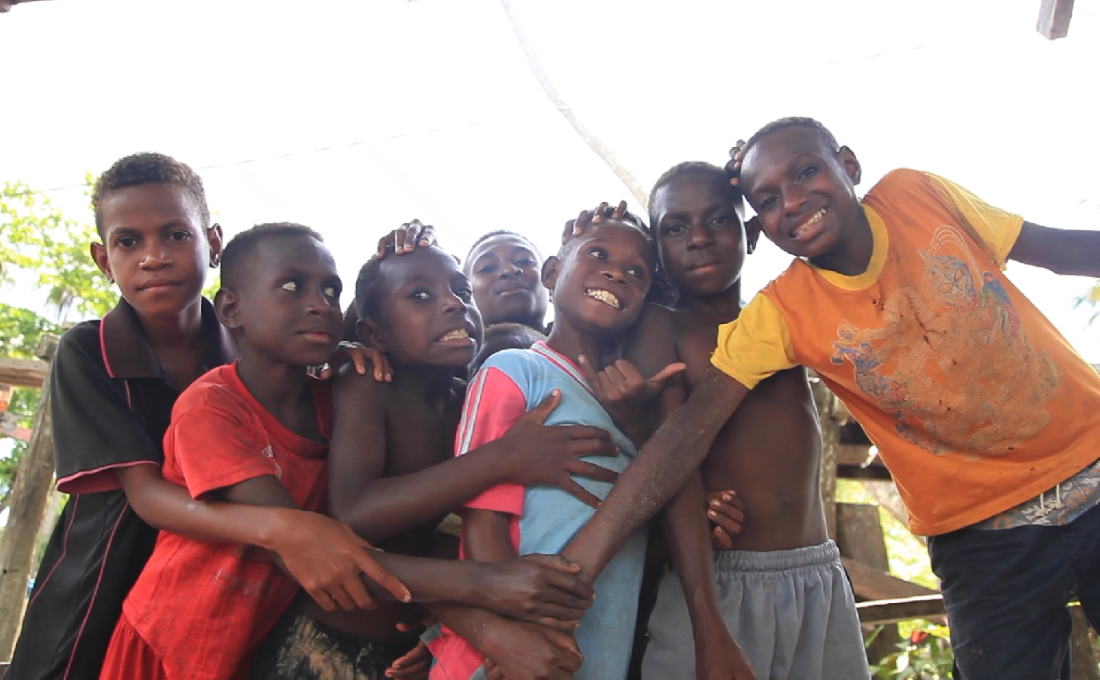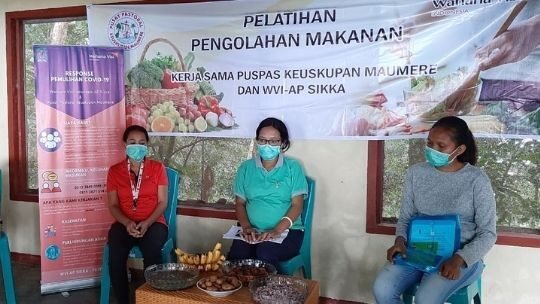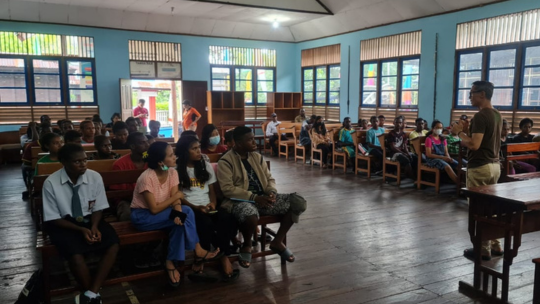Getting to Know the Asmat Tribe of Papua and Their Challenges

The Asmat Regency in Papua is home to the indigenous Asmat people. This region is one of the most fascinating places to explore. As part of Papua's impressive biodiversity, the area is teeming with wildlife.
Asmat is home to various creatures, including freshwater dolphins, crocodiles, and gray sharks. Visiting Asmat offers a unique opportunity to interact with the Asmat people. Historically renowned as skilled warriors and hunters, they are now celebrated for their exquisite wood carvings.
The region's low-lying terrain is prone to flooding during the rainy season, with tides reaching up to two meters inland. When the tide recedes, vast mudflats are exposed. In fact, Asmat is home to one of the world's largest alluvial swamps, with winding rivers flowing into the Arafura Sea.
Despite Papua's challenging landscape, the Asmat people have thrived for generations. Their territory spans 23,746 square kilometers, approximately 7.44% of Papua.
The Asmat population is estimated at 70,000, spread across hundreds of villages. Village sizes vary greatly, from as few as thirty-five to as many as two thousand inhabitants.
The Asmat and Their History
The name "Asmat" is believed to derive from "As Akat," meaning "the right people" in the Asmat language. Others suggest it comes from "Osamat," meaning "people of the trees."
Once feared warriors, the Asmat have always been proud of their culture and traditions. This resilient tribe has made significant contributions to the art world through their complex and intricate wood carvings. Asmat artisans create stunning sculptures with bold lines and designs, prized by collectors worldwide.
Challenges Facing the Asmat
Despite the beauty and richness of their culture, the Asmat face significant challenges. Outbreaks of measles and widespread malnutrition, particularly among children, are common. Traditionally reliant on sago and fish, many Asmat children suffer from malnutrition.
Malnutrition is a critical issue throughout Papua, leading to high rates of child mortality. This not only stunts physical growth but also hinders cognitive development and future opportunities.
Addressing malnutrition requires a multi-sectoral approach, as it is influenced by factors beyond healthcare. Children suffering from malnutrition are more susceptible to diseases like diarrhea and respiratory infections. Severe malnutrition can have lifelong consequences, affecting both physical and mental development.
The first 1,000 days of a child's life, from conception to two years of age, are crucial for healthy growth and development. Children need essential nutrients to grow and thrive.
Stunting, a form of malnutrition, has a significant impact on cognitive function. Stunting can lead to learning difficulties, school dropout, and reduced lifetime earnings. Adults who were stunted as children often experience poorer health outcomes and have smaller babies, perpetuating a cycle of poverty.
Supporting the Asmat with Wahana Visi Indonesia
We must take action to end hunger and malnutrition among Asmat children. Reducing poverty is key to protecting children's futures. Wahana Visi Indonesia is working to alleviate poverty and improve child well-being.
While the challenge of child poverty may seem daunting, it can be overcome through collective action. We all have a role to play in improving the lives of Asmat children.
By supporting Wahana Visi Indonesia, you can make a positive difference. Visit https://wahanavisi.org/ to learn more.



